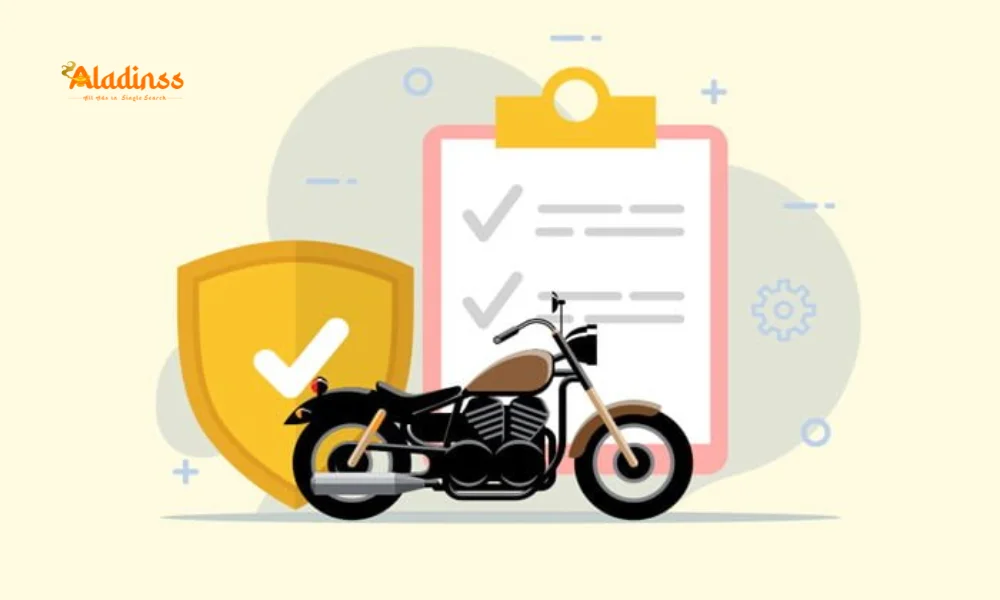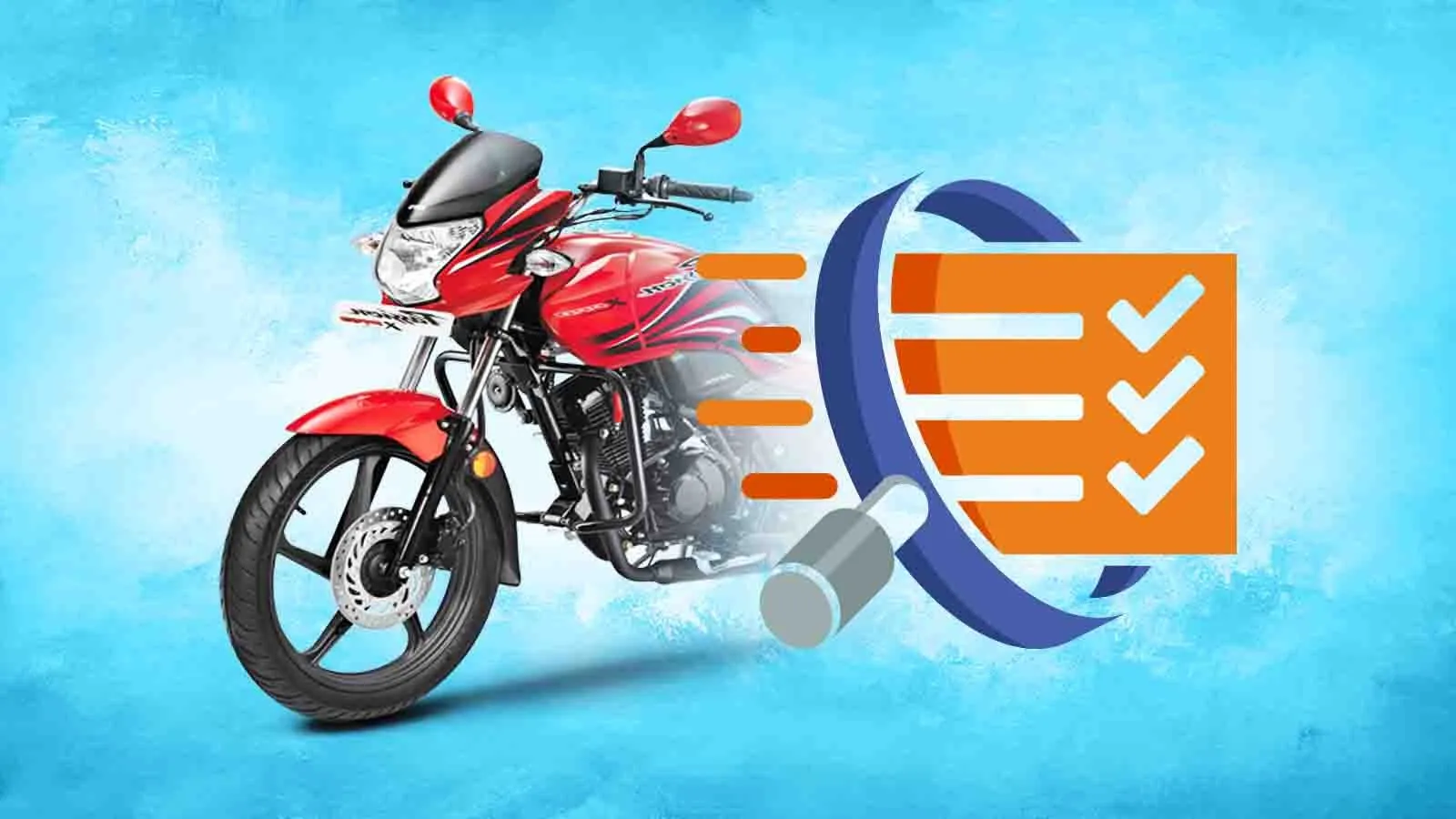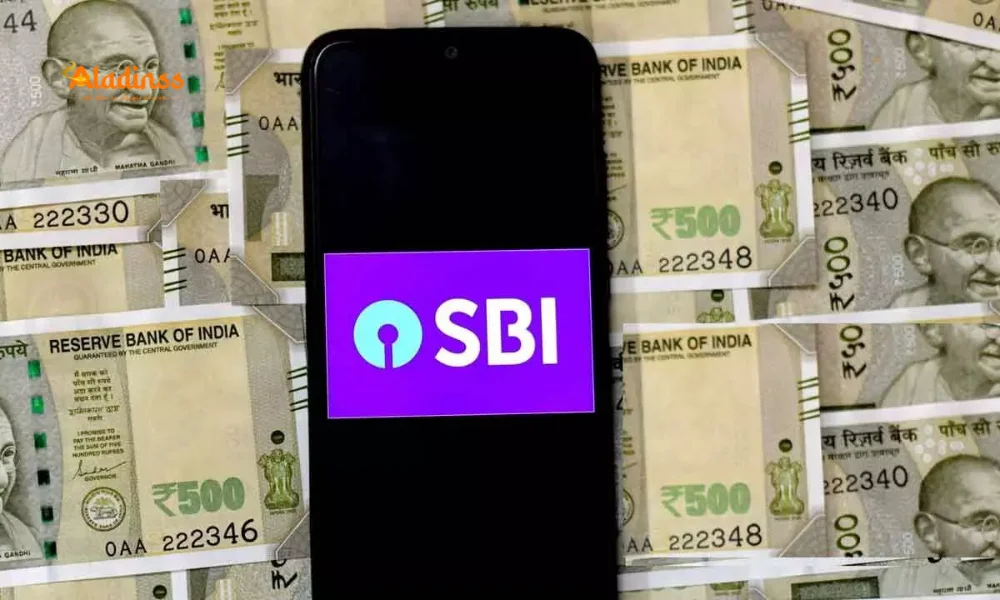Two-Wheeler Insurance Claims Up 15% in 2024 India

India’s Two-Wheeler Insurance Claims Soar 15% in 2024: Top Reasons Explained
In 2024, India witnessed a 15% surge in two-wheeler insurance claims, driven by increasing vehicle ownership, urban congestion, and the rise of electric vehicles (EVs), according to Policybazaar. Bike insurance claims are projected to climb another 10-12% in 2025-2026, fueled by growing adoption of mid-segment motorcycles and scooters. Notably, EV two-wheeler insurance claims occur 18-20% more frequently than those for petrol bikes, with repair costs 30-35% higher due to battery and handling issues. This trend highlights the need for comprehensive two-wheeler insurance to address accidents, theft, and natural calamities in India’s bustling roadways.
The increase was led by mid-segment motorcycles (150cc-350cc), which saw a parallel 15% rise in claims, while smaller bikes under 150cc remained stable. Scooters, favored for urban commuting, reported fewer claims. Geographically, Maharashtra, Delhi, and Uttar Pradesh accounted for 45% of filings, with Karnataka and Tamil Nadu contributing 20%. Urban traffic risks and theft hotspots like Ghaziabad and Jaipur further amplify the need for robust insurance coverage for two-wheeler owners.
Electric Vehicles Push Claim Frequency and Costs Higher
Electric two-wheelers, though a smaller market segment, significantly impacted insurance trends in 2024. EV two-wheeler insurance claims were 18-20% more frequent than those for petrol bikes, primarily due to handling challenges and battery vulnerabilities during accidents. Repair costs for EVs averaged 30-35% higher, driven by specialized components like lithium-ion batteries and limited repair infrastructure. This has led insurers to offer tailored add-ons, such as electric motor coverage and zero-depreciation plans, to address the unique risks of EV bike insurance.
With India’s push for sustainable mobility, electric two-wheeler sales are expected to double by 2026, signaling a shift in risk profiles. Riders must prioritize policies covering electrical faults and prolonged repair times due to part shortages. Policybazaar suggests that safety training for EV riders could reduce claim frequency, helping stabilize EV two-wheeler insurance costs in the future.
Geographic and Theft Trends Highlight Urban Risks
Maharashtra, Delhi, and Uttar Pradesh dominated claim filings in 2024, contributing 45% of the total, driven by dense urban populations and heavy traffic. Karnataka and Tamil Nadu added another 20%, reflecting the impact of urbanization on two-wheeler insurance claims. These regions face heightened accident risks due to congested roads and inadequate infrastructure, making comprehensive coverage essential for riders.
Theft remains a significant concern, with hotspots like Ghaziabad, Meerut, Jaipur, Islampur, Kanchipuram, and Muzaffarpur reporting elevated cases. These areas, often on city outskirts with limited surveillance, see high demand for stolen bike parts. Insurers recommend anti-theft devices and GPS trackers, which can lower premiums and enhance protection under comprehensive two-wheeler policies.
Claim Types and Settlement Values
Accidents and natural disasters accounted for 70-75% of two-wheeler insurance claims in 2024, ranging from minor collisions in traffic to flood-related damages during monsoons. Thefts and total losses made up 20-25%, with rare cases involving fire or vandalism. This breakdown underscores the importance of comprehensive insurance that covers both partial damages and complete write-offs, ensuring riders are protected against diverse risks.
The average claim payout ranged from ₹4,000 to ₹7,000, primarily for minor bodywork like scratches or dents. EV claims, however, often exceeded ₹10,000 due to costly battery diagnostics. Efficient claim filing and thorough documentation can expedite settlements, reducing financial strain for policyholders navigating the insurance process.

Peak Claim Times and Renewal Advantages
Claims peaked during weekday commuting hours—8-10 AM and 6-8 PM—when traffic congestion heightens collision risks in urban centers. Weekend leisure rides showed lower incident rates, indicating daily commutes as the primary driver of bike insurance claims. These patterns highlight the need for heightened caution during rush hours to minimize accidents.
Interestingly, riders renewing their policies filed 25% fewer claims, suggesting experienced riders adopt safer practices. This trend supports no-claim bonus benefits, which reduce premiums and encourage responsible riding. Insurers are promoting continuous coverage to foster safer habits among two-wheeler owners.
Mid-Segment Motorcycles Lead the Surge
Mid-segment motorcycles (150cc-350cc) were the primary contributors to the 15% claim increase, driven by their popularity for both urban and semi-urban travel. These bikes balance affordability and performance, leading to higher usage and accident rates. Smaller bikes under 150cc showed stable claim volumes, while scooters, used widely for short commutes, maintained lower incident rates.
The rise in scooter usage, particularly among women and delivery services, is gradually increasing claims, though they remain less frequent than motorcycles. Manufacturers are responding with safety features like ABS, which could reduce future claims in mid-segment and EV categories.
Industry Insights and Future Strategies
Manas Kapoor, Head of Two-Wheeler Insurance at Policybazaar, noted, “Mid-segment bikes, EVs with costlier repairs, and peak commuting hours drive claims, reflecting daily riding challenges.” He advocates for telematics-based policies to monitor riding behavior, enabling personalized premiums that reward safe practices. Such innovations could stabilize insurance trends in 2024 and beyond.
For riders, selecting comprehensive two-wheeler insurance with EV-specific riders is critical to managing rising repair costs. Insurers are also exploring cashless repair networks in theft-prone areas and AI-driven claim processing to enhance efficiency, potentially lowering premiums for policyholders.
Looking Ahead: Mitigating Risks
As two-wheeler insurance claims are projected to rise further, urban planning initiatives like dedicated bike lanes could reduce accident rates. For EV two-wheeler insurance, government incentives for safety gear and expanded service networks may lower claim frequencies. Riders should prioritize timely renewals to benefit from no-claim bonuses and explore usage-based insurance for cost savings.
By staying informed about these trends, riders can make smarter insurance choices, ensuring financial protection and safer journeys. The insurance industry must continue innovating to balance coverage and affordability amid India’s evolving mobility landscape.
- Two-wheeler insurance claims in India rose 15% in 2024, with EVs 18-20% more frequent.
- EV repairs cost 30-35% more due to battery and handling complexities.
- Maharashtra, Delhi, and UP led with 45% of claims; theft hotspots include Ghaziabad, Jaipur.
- Accidents and natural calamities comprised 70-75% of claims; average payouts ₹4,000-7,000.
- Peak claim times: 8-10 AM, 6-8 PM; renewals reduced claims by 25%.
- Mid-segment 150-350cc bikes drove the surge; scooters reported fewer claims.
The 2024 rise in two-wheeler insurance claims India highlights the evolving risks of urban mobility and EV adoption. As riders and insurers adapt to these challenges, proactive measures will be key to ensuring safer roads and affordable coverage.
Comment / Reply From
No comments yet. Be the first to comment!







